Liner Shipping: The Critical Pathways to Zero Carbon Shipping

The challenging road to zero carbon shipping
Transitioning global shipping from a carbon dependent industry into one that operates without greenhouse gas (GHG) emissions is a massive task.
It will be a complex multi-technology, multi-stakeholder development process that needs to be driven and supported by a range of mutually reinforcing global regulations.
Maritime actors, technology providers, fuel innovators, organisations and regulators will need to work together if we are to decarbonise shipping at the necessary pace.
Liner shipping – owners and operators of container and roro vessels - are already investing in the development of zero carbon technologies and fuels, and more ideas and projects in the pipeline.
But to make these investments, to take the necessary risks, we – and all other maritime actors - need a regulatory framework that addresses the key strategic issues.
A the member nations of the IMO work to consider further development of IMO’s GHG Strategy this spring, there is a great opportunity to come together for progress.

The six critical pathways to zero carbon shipping
-

Global Carbon Price
-

New Building Standards
-

Fuel Life Cycle
-

Fuel Supply Development
-

Green Corridors
-

R&D Investment

Global Carbon Price
A global price on carbon combined with dependable and broad-based “buy down” programmes that effectively level the playing field among newer low and zero GHG ships and the tens of thousands of ships that will still be burning conventional fuels.
This will play a large role in making it possible for companies to put zero GHG ships on the water and to operate them competitively.
New Build Standards
New build standards that support the energy transition, such as requiring ships built after a certain date to be able to operate on zero GHG fuels or not allowing the construction of vessels that operate on fossil fuels alone after a certain date.

Well-to-wake Fuel Life Cycle
Transparent well-to-wake life cycle analysis of fuels, breaking out well-to-tank emissions and tank-to-wake emissions, combined with regulatory mechanisms to incentivize first-movers for use of alternative fuels that offer significant GHG reductions even if they are not available from fully renewable sources from the start.

Fuel Supply Development
Integrated development of global production and supply of zero GHG fuels through partnerships between IMO member states and energy providers, as well as regulatory provisions that allow for flexibility in the initial stages of the energy transition, given that zero GHG fuels will not be available at the same time around the globe.
Green Corridors
A Green Corridors Programme to accelerate an equitable fuel and technology transition, introducing zero GHG ships and fuels across trade lanes where the necessary shoreside energy infrastructure is first available, to learn and develop best practices as well as for the IMO member states and interested parties to focus on government-to-government initiatives and coordinated public-private investments to build the necessary production facilities and supply infrastructure.

R&D Investment
Applied R&D for shipboard and shoreside systems that allow the safe use of zero GHG fuels is necessary to put zero emission ships on the water.
To avoid accidents and stranded assets, a significant increase is needed in the level of effort and investment to develop the technologies necessary to use the most promising fuels onboard transoceanic ships.

The path to zero carbon shipping
A successful and efficient energy transition requires an expanded IMO GHG Strategy that addresses each and every one of these elements.
We are looking forward to working with member states and organisations develop and integrate them into explicit regulations and programmes.

Moving forward together
Liner shipping wants to decarbonise shipping as soon as possible and are willing to continue to lead the way in enabling shipping’s transition to zero. You can learn more about what we are already doing here.
But we cannot do this alone.
Action is needed now by the governments represented at the IMO so as not to stall development but support ambitious innovators and front runners.
For the sake of future generations, our focus in the coming years must be to develop and implement innovative, concrete and equitable global regulatory frameworks.
It is time to move from ambition to action, and work together to get zero emission vessels on the water.
WEBINAR
Next steps on the path to shipping decarbonisation.
Having concluded on short-term climate measures at IMO MEPC 78, member nations and organisations have turned their full attention to developing the mid-term measures necessary to progress the decarbonisation of shipping. Several proposals are on the table heading into the key debates at ISWG-GHG 13 and MEPC 79. But what are these proposals, and how can the process move forward?
AGENDA
Mid-term GHG measure on the table at the IMO: an overview – John Bradshaw, Technical Director for Environment and Safety, WSC (Download Johns presentation)
Opportunities for improvement and agreement – Bryan Wood-Thomas, VP, Environmental Policy, WSC (Download Bryans presentation)
What are the next steps on the route to shipping’s decarbonisation? Ways forward – a conversation with:
Hanqiang Tan, First Secretary (Maritime) at the High Commission of the Republic of Singapore
Simon Bergulf, Sr. Director ESG Public and Regulatory Affairs, A.P. Moller - Maersk
Bryan Wood Thomas, VP, Environmental Policy, WSC
Moderated by Anna Larsson, Communications Director, WSC
Learn more about the GHG regulation proposals before the IMO and the WSC thoughts on how to progress the discussion: https://ecs.page.link/hfpA7









